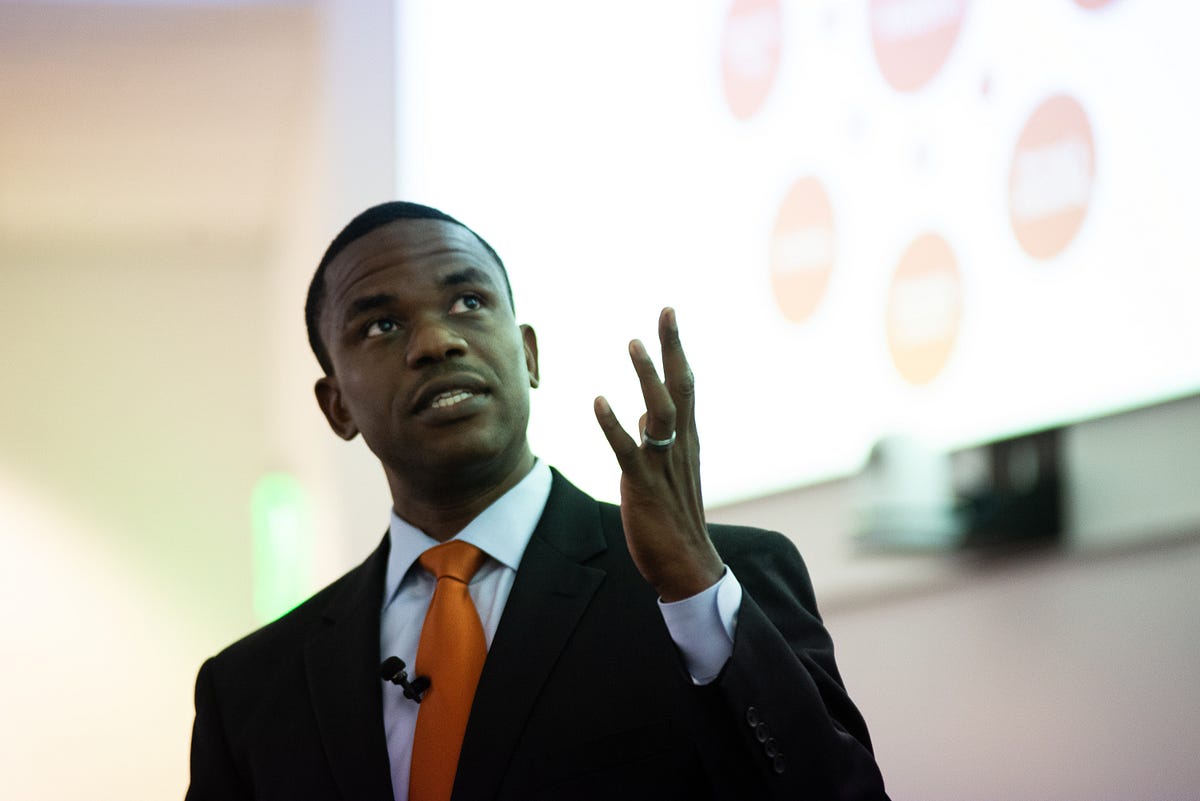The Personnel Component
How people analytics can help your company get ahead.
By London Gibson

Sekou Bermiss, associate management professor at Texas McCombs, believes there is something lacking in business today: the experimental factor.
Many businesses operate on conceptions of “best practice,” Bermiss says, but this is often based on intuition, anecdote, or correlation, and doesn’t really reflect workplace reality. That’s why it’s so important to start using data to understand that a company’s best asset are its employees.
The quantifiable study of people and their behavior, or people analytics, has grown increasingly popular as data interpretation becomes more advanced.
“Our intuition, what we believe as common sense, can sometimes lead us astray,” Bermiss explained in April during a Texas McCombs Presents event. “Your understanding of how people analytics works or an analytical mindset is going to be an important tool.”
This form of assessing company productivity is important for growth. Companies like Google have shown how using people analytics improves a business and its workplace practices. Google got there, Bermiss says, by conducting experiments.
A similar approach has also helped other companies. Bermiss highlighted a study co-authored by McCombs Assistant Professor of Management Paul Green and colleagues. The researchers investigated the motivation of workers who do difficult jobs like tomato picking yet never earn a wage increase.
The study sought to find out if gratitude would impact employee productivity. To do so, workers were randomly split into two groups. One group was shown a “thank you” video from an external beneficiary, like the customer buying tomato sauce, and the other was shown a “thank you” video from an internal beneficiary, like a factory worker down the line in the canning process.
The results were substantial. While the group shown the video of the customer buying tomato sauce only saw a negligible increase in productivity, the group shown the internal beneficiary video saw a 7 percent increase in productivity, which lasted more than a month.
“If you really want some valuable insight that no one else has, you want to do an experiment, you want to test things out in your organization,” Bermiss says. “That’s going to give you precise, specific, causal and robust insights.”
Bermiss is currently working with a credit union to more effectively attract high quality workers using job ads that highlight “exit options,” or the positions its previous employees have taken after leaving the credit union.
Employees often come into a company, receive training, and improve their work quality, but eventually leave for a position elsewhere. Therefore, Bermiss and his coauthors are curious to see if job advertisements that highlight the exit options of previous employees might be more attractive to potential employees than more traditional ads showcasing company benefits. He says they hope to share findings soon.
Bermiss says it’s important for companies to explicitly integrate data analytics into their HR functions to learn how their employees work — and work together.
It might seem intimidating, he says, but it’s important for companies to develop their own best practices. Incorporating experiments into the workplace can start small, with manageable, well thought-out trials.
And have patience: Embracing people analytics will be good for the company in the long run, Bermiss says.
“Companies have long stated that people are their best asset,” Bermiss says. “And when you have data scientists, HR professionals, and managers all on the same page you can maximize the value of that asset.”


